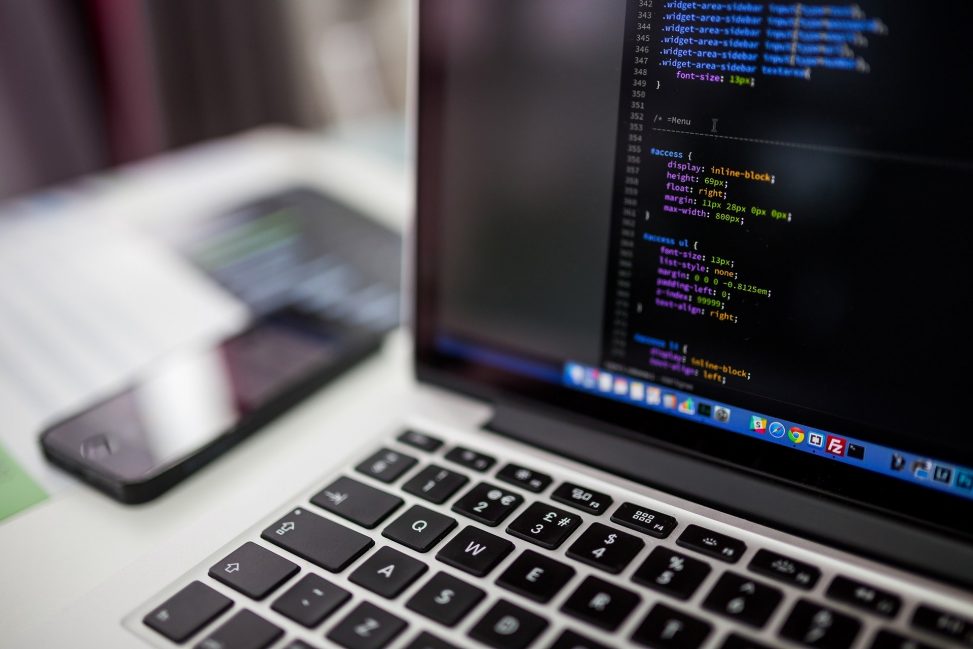In the first half of our class this week we had more presentations from peers on tech inquiry projects. The topics and ideas included…
- The effects of social media and technology on mental health
- Emphasis on both positive and negative aspects of social media, and as educators, we hold a responsibility to teach about privacy and safety
- Teachers need to develop network literacy to provide mentorship and guidance to students
- kahoot! (a good program for participation)
- The idea of introducing children to technology early on when they are more receptive to parents and teachers.
- Developing digital literacy/hygiene before puberty
- Improving math literacy through technology. Math apps: Moose Math, Park Math, Quick Math, Quick Math Jr., and Dragon Box
- Minecraft lesson plans
- Purposeful play to learn
- Technology and early childhood literacy development. Programs: Jolly phonics, Epic! books (free for teachers)
- Media coupling accessories – plugins for computer/phones that connect to hearing aids etc.
- Technology to support student health
In the second half of class, we saw the return of Rich McCue, who introduced us to coding in education. We discussed the various reasons for incorporating coding into the curriculum, including career possibilities, connecting to student interest, and expanding both learning formats and ways to showcase learning.
Rich provided an Introduction to Coding resource on his website that outlines the various types of coding and where they can be practiced/found. I chose to try Scratch, as it is commonly used in BC schools and is good for beginners. The beginning processes of Scratch are also outlined by Rich in his getting started guide.
Once I explored the various options that Scratch has and became familiar with how to use the system, I was able to create a graphic of my name that I have included below.
Scratch is a fantastic way to integrate language arts, science, and math outcomes in the classroom. Coding as a whole also supports various types of learners and learning pathways with all of the various types/styles and levels.
Featured image by StockSnap Pixabay

Leave a Reply